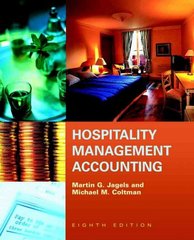Answered step by step
Verified Expert Solution
Question
1 Approved Answer
Can you help with write up on questions below: 1)Evaluate Allen's sales calls. Did he have good sales calls? Provide specifics to back up your
Can you help with write up on questions below:
1)Evaluate Allen's sales calls. Did he have good sales calls? Provide specifics to back up your position?
2) On what date, do you think Allen effectively lost the sale? Why?
Step by Step Solution
There are 3 Steps involved in it
Step: 1

Get Instant Access to Expert-Tailored Solutions
See step-by-step solutions with expert insights and AI powered tools for academic success
Step: 2

Step: 3

Ace Your Homework with AI
Get the answers you need in no time with our AI-driven, step-by-step assistance
Get Started

















